- 9.8Kshares
- Share
- Tweet
- Facebook Messenger
Has it ever happened to you that your mother has complained about how a famous recipe of your grandma was lost when she passed away? The recipe was lost with her death and your mother was unable to create the delicious food your grandma used to make.
She didn’t write it down and just by doing that, a piece of awesome information was lost to the whole mankind.
Similar things happen with science too. Innovative designs have been lost and hence the technology itself has been lost too.
Let us have a look at some of the most interesting lost pieces of technologies.
1. The technology to go to the moon

They are not really lost, but it has been decades since the last Apollo mission to the moon. And in all that time the infrastructure to manufacture parts was lost. We haven’t had a moon mission since 1972 and concentrated all the funding towards the ISS.
We still do have the schematics but they are basically useless since technology has changed so drastically since that time.
If we want to go the moon again, we have to make a rocket from scratch.
2. The knowledge to make Damascus steel
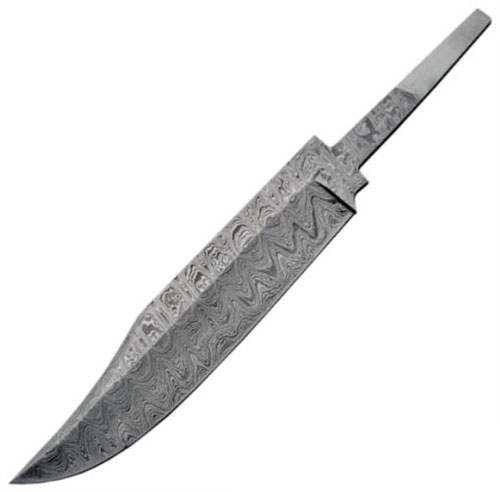
Damascus steel is famous for being very sharp, tough and durable. They were known to cut the other swords straight in half. Usually, with swords, if made too sharp, you can compromise on the durability since the blade becomes too brittle.
But Damascus steel was a perfect and hence deadly combination to make swords in the 17th century. But sadly, the skill and knowledge were lost in time.
3. The knowledge of joining keel to the hull of a wooden ship
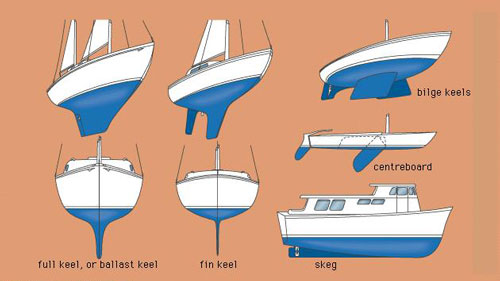
Most of the ships made today use metal hulls and keels that are machined and moulded in factories. But a century ago, shipbuilders built ships entirely out of wood. And this technology of joining the keel and the hull has been lost since then.
4. Polaroid photos

Polaroids became useless after digital cameras showed up. When the company shut down, they took their trade secrets to their grave and just the existing polaroid cameras can click the instant pictures. The polaroid films have also been attempted, but they don’t have the same feel as that of the original polaroid films.
5. Pyramids

Pyramids, as in not just the colossal structure, but also the nitty gritty of them. Pyramids have an intricate system of air conditioning, which is the reason the inside of them do not get unbearably hot. Their masonry is also very skilled to the point that they almost look machined and not chipped by a chisel and a hammer.
6. Roman concrete

Roman buildings have endured millennia of weathering, and the reason behind it is the use of concrete. We started using concrete in the 1700s when cement was first synthesized. Romans used burnt lime, rocks, and water to make their signature concrete.
But because they kept the technology a secret, it was lost during the Dark ages that plagued Europe after the Roman rule ended.
7. Stradivari Violins
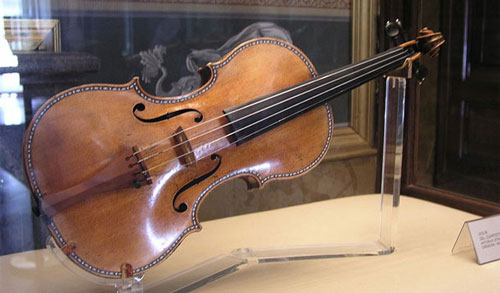
There are less than 600 violins left in this world today. They are known for producing the best sound any violin can ever produce.
Sadly the skill to make them died out with the Stradivari family and not even the finest violins of our time can parallel their sound. That is the reason each Stradivari costs almost a million to buy.
8. Maize/corn – and the parent crop from which it was bred

Corn didn’t always look like the one you eat today. Biologists do not even know the original crop that was used to breed the variety we all love today. Mexican farmers bred the crop for over 1000 years to get the corn as we know today.
But the parent plant that was used to breed this variety still remains a mystery.
9. The Iron Pillar of Delhi
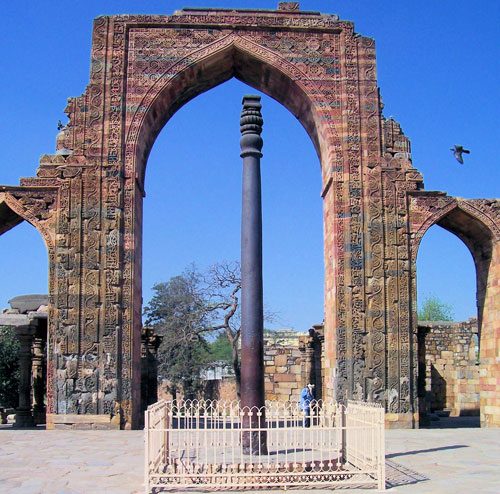
The Iron Pillar of Delhi is famous for not rusting for centuries. It has fascinated the material scientists who have explained in depth the nuances of making the metal.
It is often a proof that Indian metal workers were very knowledgeable to the extent that they could craft a metal that remained rust free for over 1500 years.
10. Silphium, the first medicine for birth control
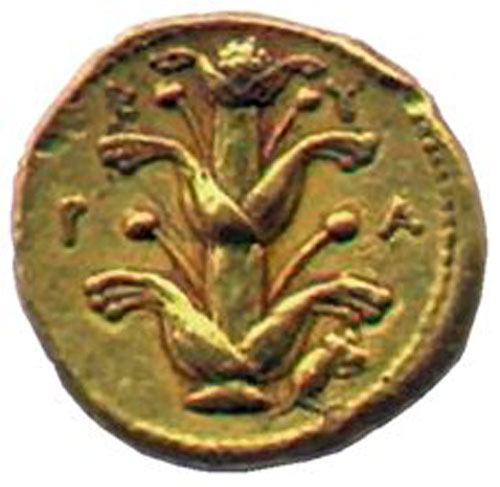
The plant was famous in Rome and Mediterranean because it had miraculous medicinal properties. The most famous one was as a contraceptive.
The problem was that the plant grew in a limited space in North Africa. And because the plant was so popular, it was driven to extinction due to over-harvesting. The plant was so revered that the Romans even minted coins in deference.
11. The Baghdad batteries – batteries that were manufactured in medieval times
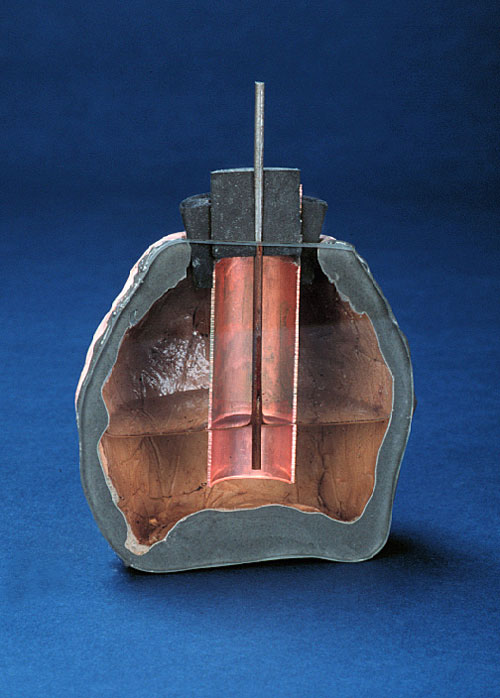
The Baghdad batteries are a cluster of small cylinders that could produce up to a Volt of electricity per cylinder. But there were no electrical devices at the time. Why would they be made then? For what use?
Scientists believe that they could be the first apparatus used to electroplate metal. Or they could have been used by temple priests to jolt non-believing atheists.
12. Steam powered cars
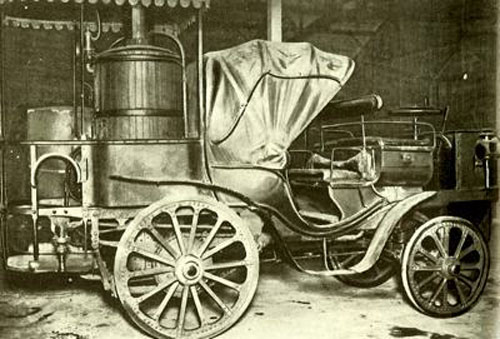
Steam powered cars were superior to the internal combustion variety during the whole of the 20th century. Actually, the petrol powered cars could not break the speed records of steam powered cars during that time.
But the production of these cars stopped in the 1920s and conventional cars became more popular and slowly the steam cars faded out.
13. Antikythera mechanism – world’s first analog computers
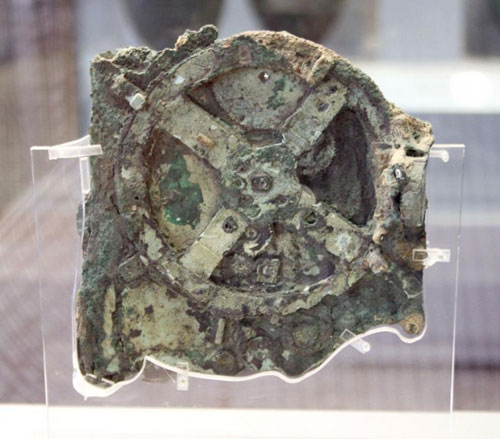
The artifact is believed to be the first mechanical computer built by man. The device was used to measure planetary motion and study astronomy.
The device was recovered in a shipwreck off the coast of Antikythera in Greece. There are no more such devices that have been recovered and we have no idea why the device didn’t catch on.
14. Incan stone cutting technique
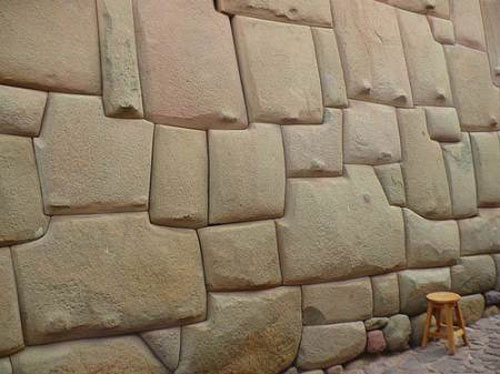
There is absolutely no cement used to build the wall in the picture above. All the stones are cut with tools that are not made of metal, since Incans didn’t have metal tools. The stones are also giant, but the transportation is the least of the mystery here.
Scientists have still not been able to explain how the Incans cut and fit the stones so perfectly that you cannot put even a small coin in between two stones in a wall.
15. A flexible type of glass
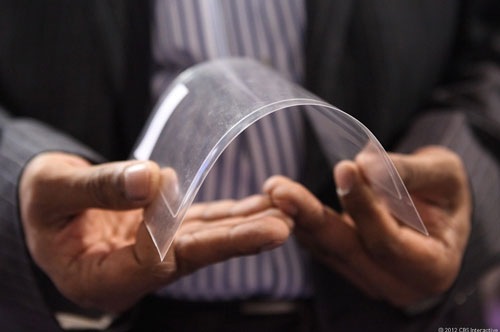
A craftsman during the roman era brought a special glass bowl to Caeser. Caeser was not impressed and threw the bowl to the ground, upon which a regular glass bowl should have shattered. But this one didn’t.
The craftsman repaired the dent the throw caused in a jiffy. Caesar had the craftsman beheaded because the awesome material would have become more precious than gold and silver.
This is the reason why documentation is so important in Science. This is why scientists publish scientific papers every week of their life.
So that the technology and science they spent years thinking about is not lost to the future of mankind.
- 9.8Kshares
- Share
- Tweet
- Facebook Messenger




